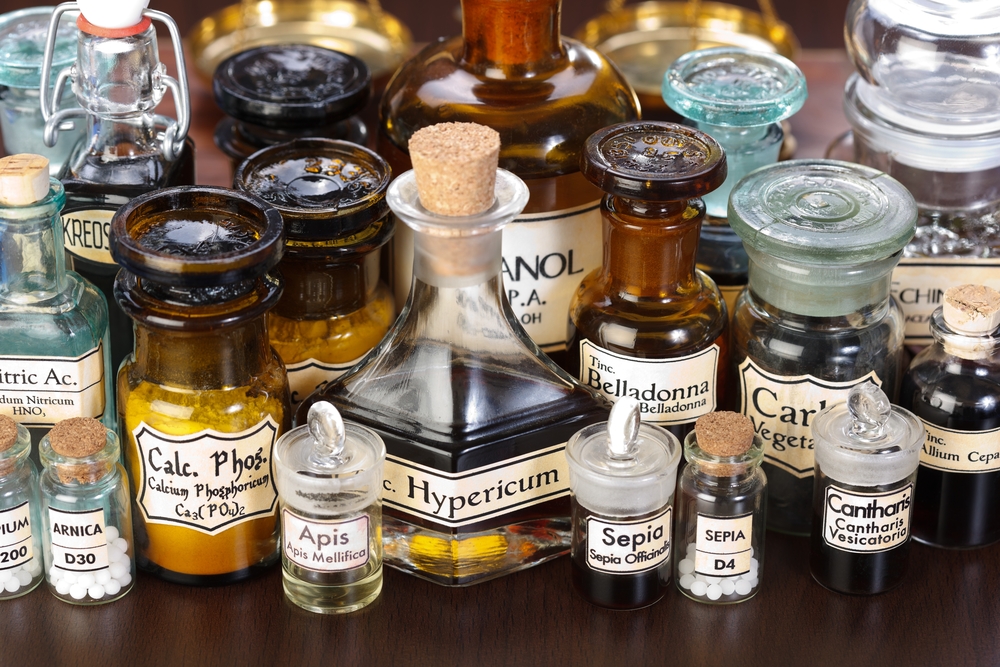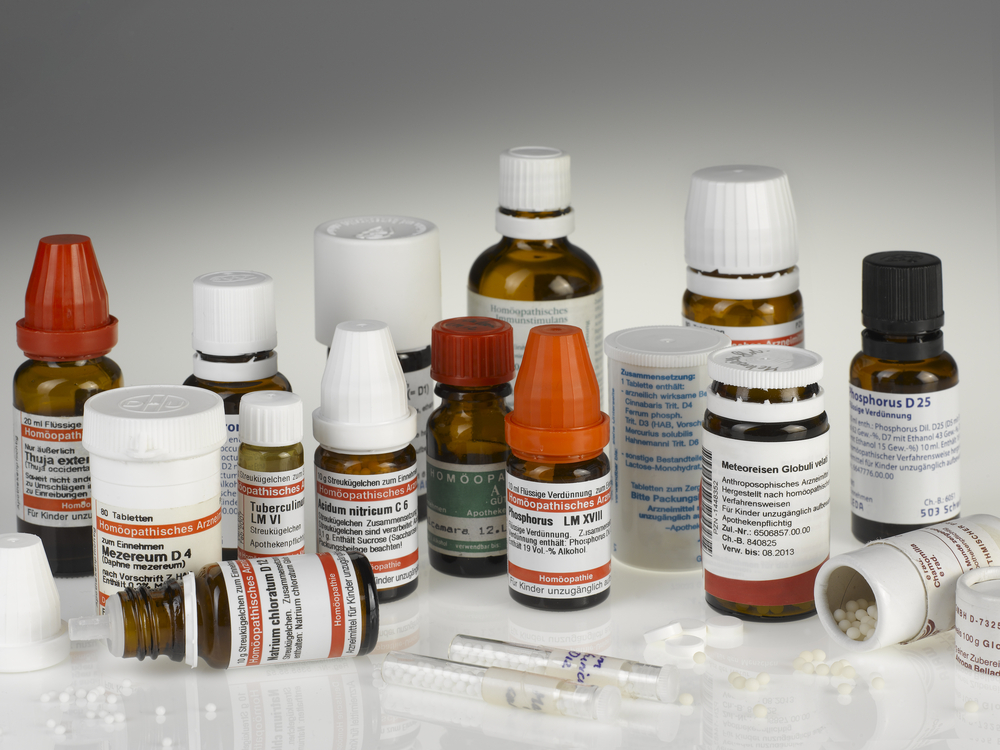What is Homeopathy?
Homeopathy is an alternative medical practice in which extremely dilute amounts of certain natural substances are used to treat various ailments.
Although homeopathic medicines are sold in health food stores and at high-end groceries, homeopathy is largely considered quackery. No scientific evidence supports its use; the theory of how homeopathy could work is beyond the realm of known physics; and governments worldwide are increasingly denying insurance payments to cover homeopathic treatment.
History of homeopathy
Homeopathy was developed in the late 18th century by Samuel Hahnemann, a respected doctor in Germany. Hahnemann believed that "like cures like" and that minute concentrations of a particular toxin could cure the very same symptoms it would cause in larger doses. Think poison ivy to treat rashes.
This notion of "like cures like" was similar to the emerging science of inoculation and vaccination. And Hahnemann's treatments in their dilute forms were far safer than most medical practices during his time, such as bloodletting.
Nevertheless, doctors — and chemists, in particular — soon came to understand that homeopathy could not work because the dilutions are implausible, diluted to the point that there is no longer any medicine in the medicine.
How homeopathy works
Homeopathy is based on rigorous dilutions and mixing, called successions. The dilution level is printed on the bottle of medicine. A typical homeopathic dilution is 30X, where the X represents 10. So, one part toxin (such as the aforementioned poison ivy) is mixed with 10 parts water or alcohol. The mix is shaken; one part of this mix is added to 10 parts of water or alcohol again; and the whole process is repeated 30 times.
The final dilution is one molecule of medicine in 10 to the 30th power (1030) of molecules of solution — or 1 in a million trillion trillion. At this dilution level you'd need to drink 8,000 gallons of water to get one molecule of the medicine — physically possible but implausible.
Get the world’s most fascinating discoveries delivered straight to your inbox.
Other homeopathic solutions are 30C, which represents 100 to the 30th power (10030). There's not enough water in the solar system to accommodate this dilution.
Hahnemann didn't realize this because he developed his theory before the concept in chemistry of the mole and Avogadro constant, which defines the number of particles in any given amount of a substance. So, Hahnemann and his followers could do the mechanical actions of dilution, but unbeknownst to them, they were diluting the medicine right out of the solution.
Does homeopathy work?
Homeopathic practitioners today understand the concept of Avogadro constant. They attribute homeopathy's healing powers to "water memory" — the concept that water has the ability to remember of shape of the medicine it once contained. There are, however, at least three problems with this stance.
First, this concept of water memory is beyond the realm of known physics. Water is not known to maintain an ordered alignment of molecules for much longer than a picosecond.
Second, if water can remember the shape of what's in it, then all water has the potential to be homeopathic. Tap water, with its traces of natural substances sloshing about in pipes known to cause cancer and other diseases, would be therapeutic against these diseases.
Third, explanations of how it could work aside, there are no high-quality scientific studies to show that homeopathy is any more effective than a placebo. In testing homeopathy, two trends have emerged: Homeopathy is best at "curing" things that would soon pass anyway, such as colds, but would be dangerous for the treatment of serious ailments, such as diabetes; and the larger and more thorough the scientific study, the more homeopathy resembles a placebo.
Dangers of homeopathy
Don't assume homeopathy, unregulated by the FDA, is safe. In some cases, the homeopathic medicine does contain traceable amounts of the original medicinal substance. Consider the case of Zicam, a homeopathic cold remedy pulled from the market in 2009 after reports of users permanently losing their sense of smell.
Zicam is 2X, making it a 1-percent solution. A dose of Zicam contains more than 100 microliters of solution, and 1 percent of that is zinc gluconate.
Zinc substances have been known for decades to cause hyposmia, a reduced ability to smell, and anosmia, a loss of smell. In regards to zinc gluconate, a study published in 2009 in PLoS ONE summed it up with the damning title "Zicam-Induced Damage to Mouse and Human Nasal Tissue." A 2010 study in the journal Archives of Otorhinolaryngology Head and Neck Surgery concluded "clinical, biological and experimental data … demonstrate that intranasal zinc gluconate therapy causes hyposmia and anosmia."
Similarly, in 2010, the Japanese government began investigating deaths of babies resulting from homeopathic treatment instead of real medicine. Deaths included babies born with a vitamin K deficiency, whose mothers' midwives administered a homeopathic treatment instead of the much-needed vitamin K injection, well known to prevent hemorrhaging. The infants died from bleeding in the skull.

Christopher Wanjek is a Live Science contributor and a health and science writer. He is the author of three science books: Spacefarers (2020), Food at Work (2005) and Bad Medicine (2003). His "Food at Work" book and project, concerning workers' health, safety and productivity, was commissioned by the U.N.'s International Labor Organization. For Live Science, Christopher covers public health, nutrition and biology, and he has written extensively for The Washington Post and Sky & Telescope among others, as well as for the NASA Goddard Space Flight Center, where he was a senior writer. Christopher holds a Master of Health degree from Harvard School of Public Health and a degree in journalism from Temple University.





